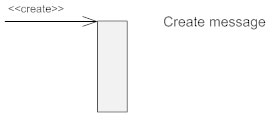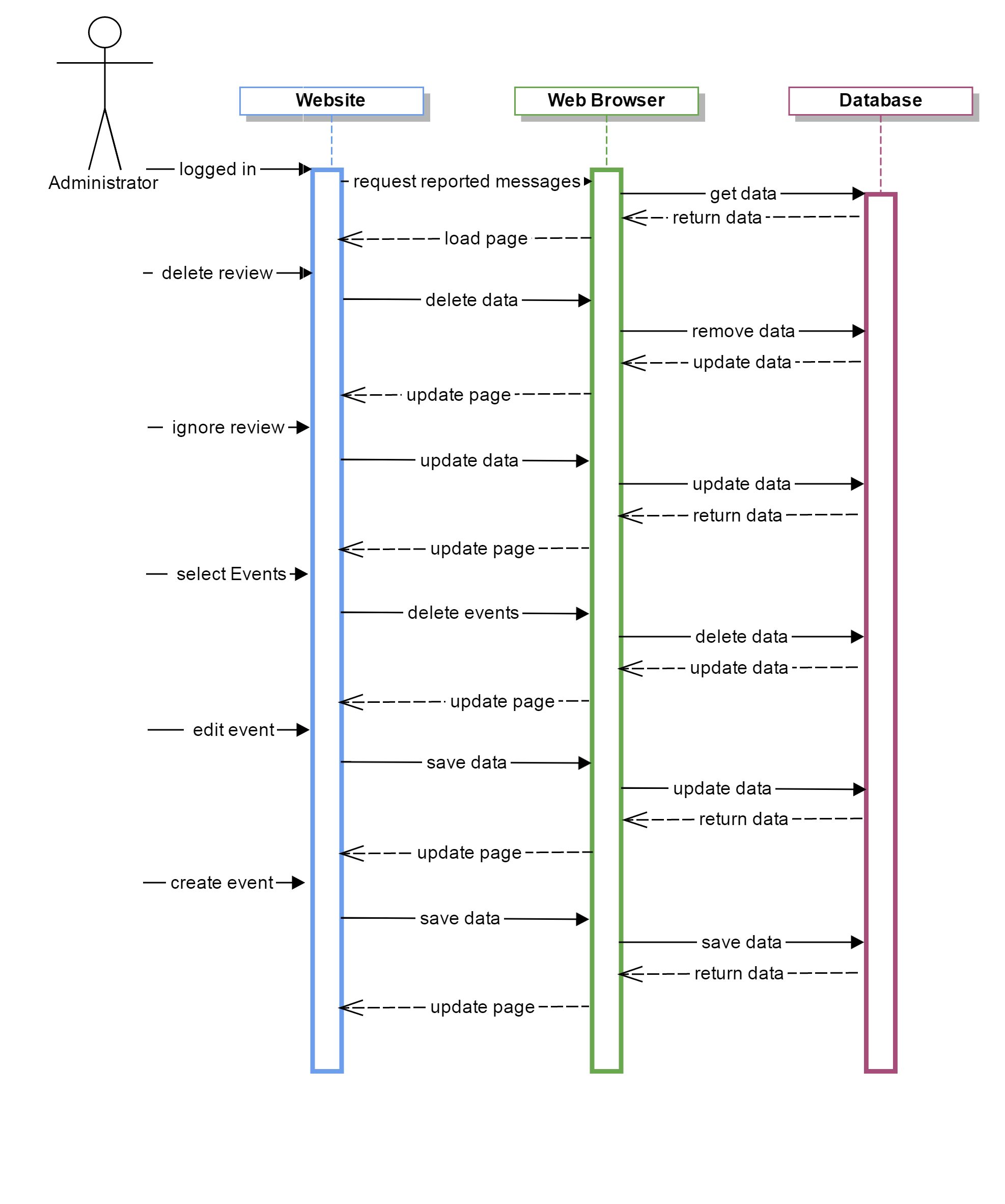


SysML predefines the following stereotype specializations of NFRs: A Functional Requirement (functionalRequirement» keyword) specifies a function that a system must perform, whereas a Non-Functional Requirement (NFR) specifies quality criteria that can be used to test the effectiveness of system functions. Requirement: A Requirement (notation: rectangle with «requirement» keyword) is a capability or condition that a system must ("shall") satisfy. What is a SysML Requirement diagram? Definitions Whereas Activity, Sequence and State Machine diagrams are Turing Complete, and their dynamic behavior can be simulated or executed, Use Cases diagrams are not Turing Complete and are not simulatable. *: Although Use Case diagrams are generally classified as Behavior diagrams by both the OMG SysML and UML 2 specifications their Behavioral semantics are ambiguous and incomplete. When properly defined and applied Parametric diagrams are capable of Mathematical ModSim no other SysML or UML 2 diagrams are capable of this. Mathematical ModSim, Mathematical M&S, Parametric Simulation) refers to the capability of a computer program to execute the a mathematical model of the behavior of a system of interest, where the model is defined as a set of mathematical equations. ‡: Mathematical Modeling & Simulation (a.k.a. In general, with the exception of Use Case diagrams, SysML and UML 2 Behavior diagrams are potentially capable of Dynamic System Simulation. Dynamic System Simulation) refers to the capability of a computer program to execute the time-varying behavior of a system of interest. The SysML is composed of nine (9) diagram types and Allocation Tables for mapping language elements across diagram types: DIAGRAM PROPERTIES


 0 kommentar(er)
0 kommentar(er)
